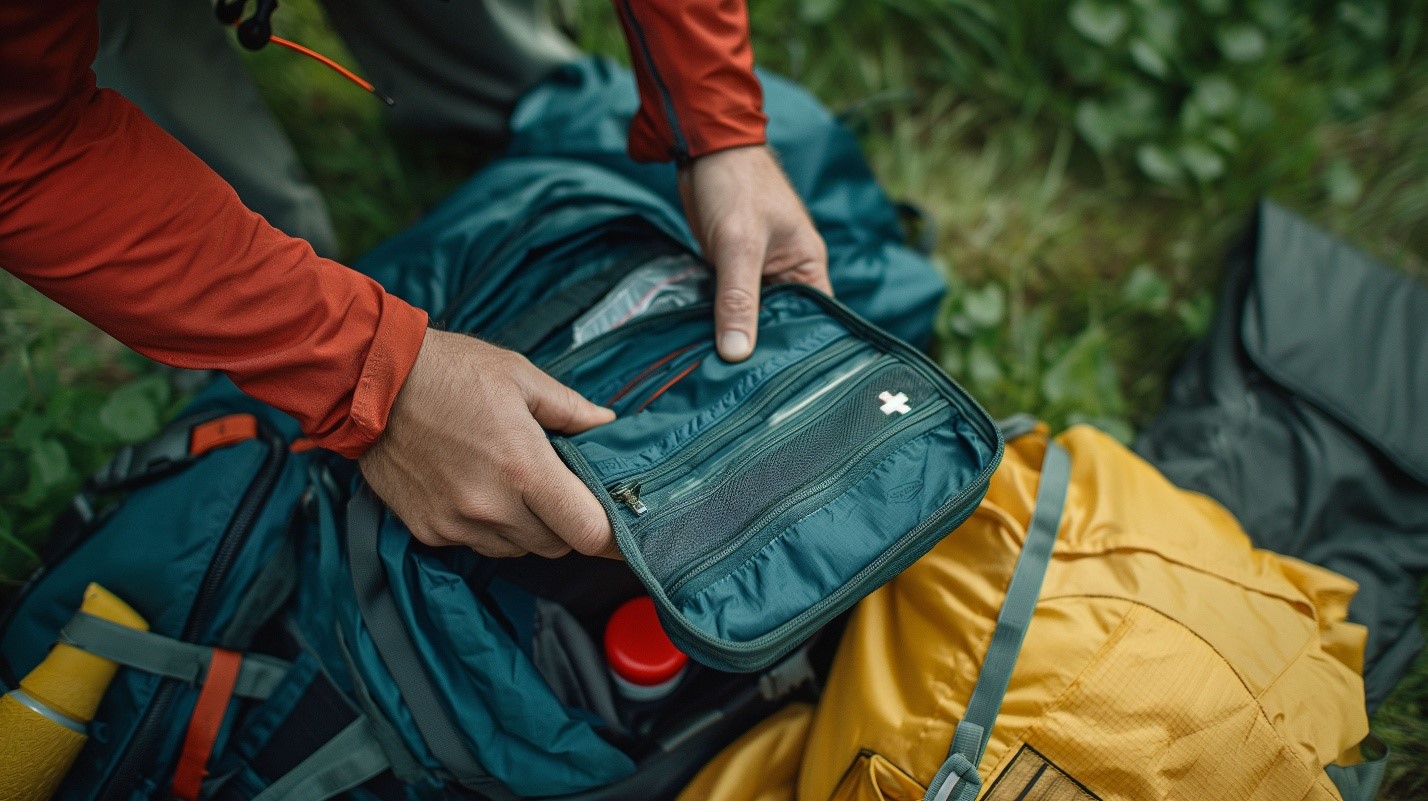Venturing into the backcountry offers incredible opportunities for adventure, solitude, and connection with nature. But with great rewards come inherent risks. Miles away from professional medical assistance, even minor injuries or illnesses can escalate into significant challenges. Understanding basic first aid skills and preparing for emergencies is essential for anyone exploring remote areas. Angelo Dellomo of Mays Landing shares a comprehensive guide to backcountry first aid to help you stay prepared and confident when the unexpected occurs.
Preparation Is Your First Line of Defense
The best way to manage a medical emergency in the wilderness is to prevent one from occurring in the first place. Preparation is critical and should include:
- First Aid Training: Enroll in a Wilderness First Aid (WFA) or Wilderness First Responder (WFR) course. These programs teach skills tailored to remote environments, where definitive care may be hours or days away.
- Packing a First Aid Kit: Assemble a well-stocked first aid kit with essentials like bandages, gauze, antiseptic wipes, pain relievers, blister treatment, tweezers, medical tape, and gloves. Customize your kit based on the environment (e.g., snakebite kits for desert regions or cold-weather gear for alpine areas).
- Researching Your Route: Know your trail or campsite’s terrain, climate, and potential hazards. Understanding the risks will help you prepare for the specific medical scenarios you might encounter.
- Sharing Your Plans: Always let someone know your itinerary, expected return date, and emergency contacts. This step can expedite rescue efforts if something goes wrong.
Assessing the Situation: The First Step in an Emergency
In any backcountry emergency, the first step is to assess the situation using the STOP method:
- Stop: Pause and take a deep breath to stay calm.
- Think: Evaluate what happened and what you need to do next.
- Observe: Check your surroundings for hazards and assess the injured person’s condition.
- Plan: Decide whether to administer first aid on-site or evacuate.
When approaching an injured person, follow these steps:
- Ensure Scene Safety: Make sure the area is safe for both you and the injured individual. Avoid putting yourself in further danger.
- Primary Survey: Check for life-threatening issues like blocked airways, breathing difficulties, or severe bleeding. Use the ABCDE approach:
- Airway: Is the airway clear?
- Breathing: Is the person breathing?
- Circulation: Are there signs of major bleeding or shock?
- Disability: Is the person responsive and alert?
- Exposure: Check for other injuries by exposing the affected area (while preventing hypothermia).
- Secondary Survey: Once life-threatening conditions are under control, perform a head-to-toe examination to identify less obvious injuries.
Common Backcountry Injuries and How to Respond
1. Cuts, Scrapes, and Lacerations
- Treatment: Clean the wound thoroughly with clean water or antiseptic to prevent infection. Apply pressure to control bleeding, then bandage the wound with sterile materials. Monitor for signs of infection such as redness, swelling, or discharge.
2. Blisters
- Prevention: Wear well-fitted shoes and use moisture-wicking socks.
- Treatment: If a blister forms, clean the area and cover it with moleskin or blister pads. Avoid popping blisters unless they are causing severe discomfort, as this increases infection risk.
3. Sprains and Strains
- Treatment: Use the RICE method: Rest, Ice (or cool the area), Compression, and Elevation. If the person needs to continue moving, support the injured limb with a splint or bandage.
4. Burns
- Treatment: Cool the burn immediately with clean water (not ice). Cover it with a sterile, non-stick dressing. Avoid applying creams or ointments in the wilderness.
5. Hypothermia
- Signs: Shivering, confusion, slurred speech, or drowsiness.
- Treatment: Remove wet clothing, insulate the person with dry clothing and sleeping bags, and provide warm fluids if they are conscious. Avoid rapid rewarming, such as placing the person directly near a fire.
6. Heat Exhaustion and Heatstroke
- Signs: Heavy sweating, weakness, dizziness, or nausea. In heatstroke, sweating may stop, and the person may lose consciousness.
- Treatment: Move the person to a shaded area, cool them with water or wet clothing, and provide small sips of water. Heatstroke requires immediate evacuation.
7. Fractures
- Treatment: Immobilize the injured area using a splint made from sticks, foam pads, or other available materials. Avoid realigning the bone unless it blocks circulation. Seek evacuation for proper medical care.
When and How to Signal for Help
If the injury is beyond your ability to manage, you may need to signal for rescue. Here are some methods:
- Use a Personal Locator Beacon (PLB) or satellite messenger to alert emergency services.
- Signal with a Mirror or Whistle: Three flashes or blasts indicate distress.
- Create Visible Signals: Use bright clothing, an SOS pattern, or a smoky fire to attract attention.
Building Confidence in Remote Situations
Backcountry emergencies can be intimidating, but preparation and knowledge significantly increase your chances of managing them effectively. Remember that teamwork is crucial; involve others in decision-making and support during emergencies.
Lastly, experience breeds confidence. Regularly review your first aid skills, practice using your gear, and reflect on past trips to identify areas for improvement. With preparation and a calm approach, you can tackle even the most challenging situations the wilderness throws your way.
By prioritizing safety and first aid readiness, you can fully enjoy the backcountry’s rewards while minimizing its risks. Whether you’re summiting peaks, traversing deserts, or kayaking remote rivers, having the skills to handle emergencies ensures your adventure remains a safe and memorable one.
